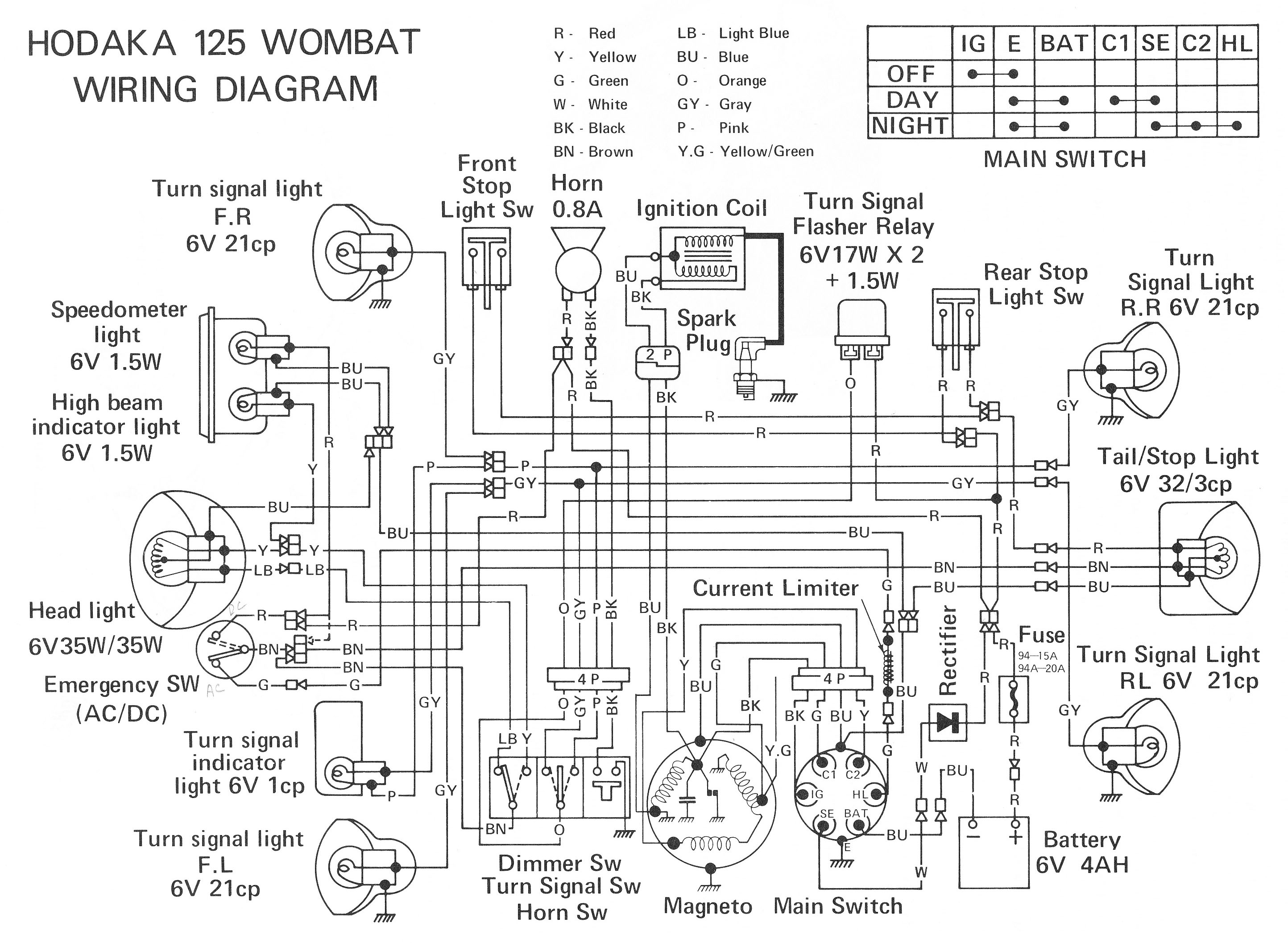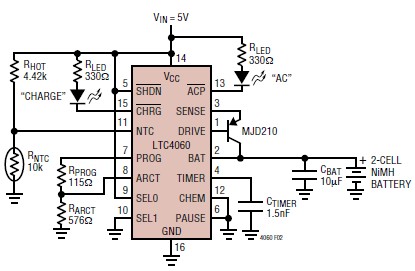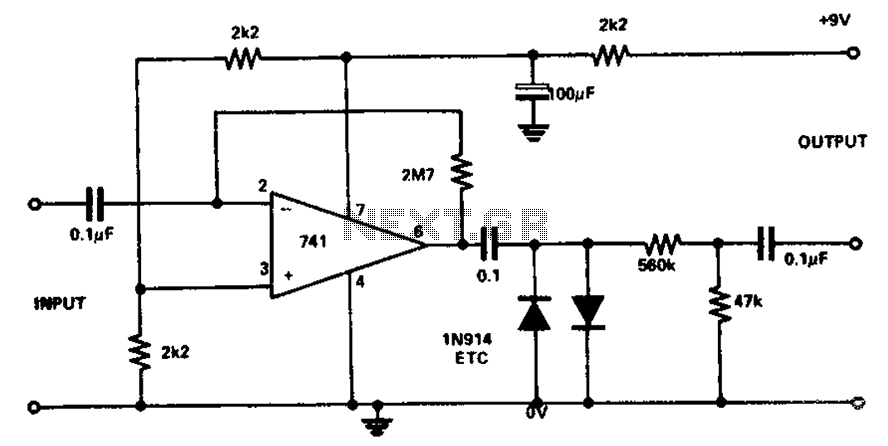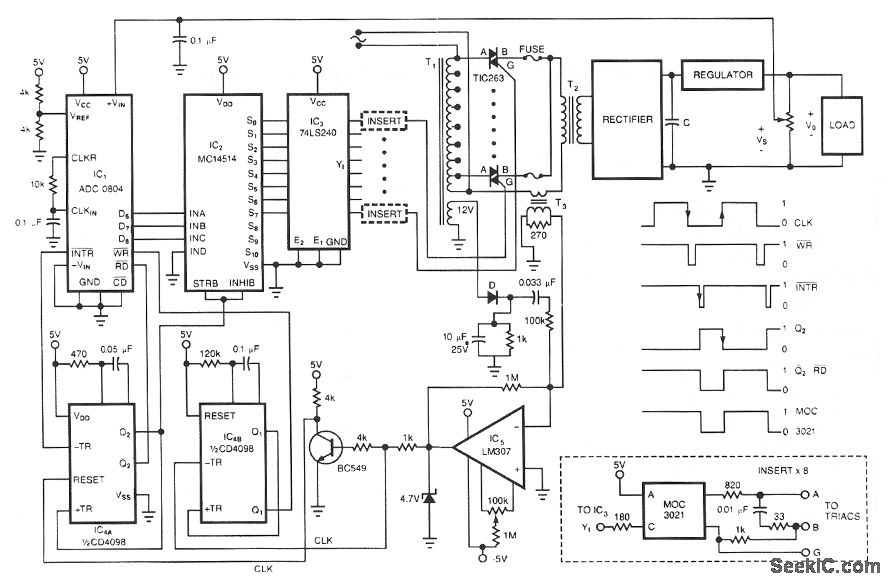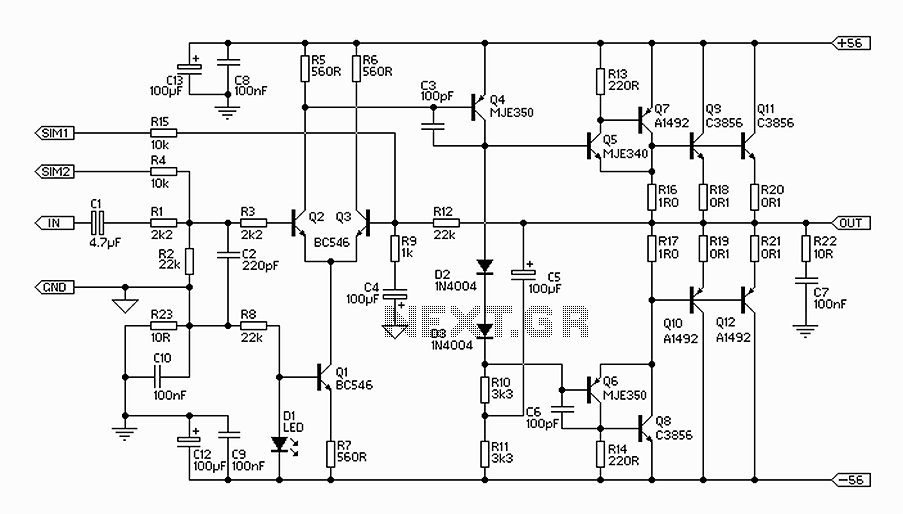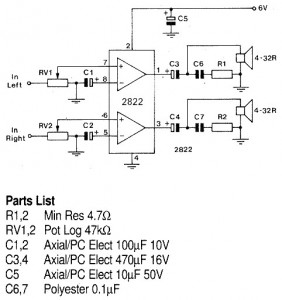
network wiring diagram
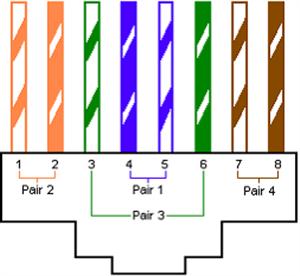
PDS addresses the limitations of standardized measures to achieve uniform materials, designs, routing, installation, and construction, creating a clear structure that is easy to manage and maintain centrally. In modern buildings, cabling has become a trend and is considered essential infrastructure. It serves as a cabling system for transmitting voice, data, video, and other information in a standardized structured manner. This system connects various communication equipment, switching devices, and information management systems within a building or across multiple buildings. The integrated wiring system employs a structured cabling approach to unify computer systems, telephone systems, intercoms, and surveillance systems into a single cohesive structure, facilitating unified management while addressing challenges such as high-speed data transmission, line interference, and electromagnetic radiation. Small-scale network cabling is prevalent in intelligent buildings, often aligned with civil foundation works, particularly in pipeline installations. This cabling may encompass computer network systems, security systems, telephone systems, and closed-circuit television wiring systems. In contemporary settings, the integration of security systems into home decor emphasizes the necessity of network cabling. Many individuals and companies encounter issues during home decoration, resulting in inadequate wiring for telephones or televisions. In such situations, re-wiring is often impractical, leaving individuals reliant on cordless phones or temporary solutions, which can be inconvenient. Effective network cabling in homes can mitigate such regrets. Two practical approaches for home decoration are provided for reference. Before initiating wiring, it is essential to evaluate the home environment and room usage to identify potential wiring paths. It is also important to consider the locations of the power distribution box, cable TV, and telephone line inlets when determining the network cable entry points. The distribution box and splitter locations should be chosen for both covert operation and convenience, ensuring they do not detract from the aesthetic appearance. The design should accommodate the placement of routers and switches, with sufficient space for cable management. A wiring sketch can then be created based on these considerations, which may be communicated to the interior design team or plumbing professionals for clarity. The wiring for computers and telephones should be clearly defined, as many decorators and plumbers may lack a comprehensive understanding of the functions and roles of various cabling types, resulting in suboptimal installations.
The structured cabling system is a critical component in modern building design, facilitating efficient communication and data transfer between various systems. In a typical installation, the cabling infrastructure consists of horizontal and vertical cabling subsystems that connect work areas to a central distribution point. This architecture allows for the integration of multiple services, such as voice, data, and video transmission, into a single unified system.
The horizontal cabling subsystem typically extends from the telecommunications room to individual outlets in work areas. It is essential to use high-quality cables, such as Category 6 or Category 6a twisted-pair cables, to support high-speed data transmission and minimize interference. The vertical cabling subsystem, often referred to as backbone cabling, interconnects multiple telecommunications rooms within a building or between buildings. This subsystem may utilize fiber optic cables to ensure high bandwidth and long-distance signal transmission capabilities.
The design of the structured cabling system must adhere to industry standards, such as those set by the Telecommunications Industry Association (TIA) and the International Organization for Standardization (ISO). These standards provide guidelines for cable types, installation practices, and performance specifications, ensuring compatibility and reliability across various systems.
In addition to the physical installation, careful planning of the cabling layout is crucial. Consideration should be given to future scalability, allowing for easy expansion or modification of the network as technology evolves. The placement of network devices, such as switches and routers, should be strategically planned to optimize performance and minimize latency.
Moreover, the integration of smart building technologies necessitates the incorporation of additional cabling for devices such as sensors, cameras, and automated controls. As the demand for high-speed internet and advanced communication systems continues to grow, the importance of a well-designed structured cabling system becomes increasingly evident, serving as the backbone for modern intelligent buildings.PDS is taken to address these shortcomings of standardized measures to achieve a uniform material, unified design, unified routing, unified installation and construction, make the structure clear and easy to centrally manage and maintain. So now the new buildings, cabling is a trend, is also essential infrastructure. Is a cabling system for transmitting voice, data, video and other information of the standard structured
cabling systems. A building or buildings within the transmission network, which enables voice and data communications equipment, switching equipment and other information management systems connected to each other. Integrated wiring system uses structured cabling approach to building computer systems, telephone systems, building intercom, surveillance systems into one unified structure, unified management of the entity, completely solve the high-speed data transmission, line interference and electromagnetic radiation and other issues.
Small Western-style network cabling cabling are areas of intelligent buildings, the work in the small Western-style parallel the civil foundation wo rks, at least in the pipeline is. Small Western-style network cabling may include: computer network systems, security systems, telephone systems, the four closed-circuit television wiring systems.
Today`s technology allows the security system In the home decoration, the network cabling is essential. Many companies and individuals decorating your water electrician wiring, decorating the end are more or less left some regret, not the barrier between the telephone line is not clear that the TV room or a socket or electricity.
In such cases we have looked helpless, the house had been decorated well, re-wiring is impossible to increase. Can only be used with cordless phone or open wire to make up the heart when it is very uncomfortable.
Network cabling in the home, can not do without regrets The answer is yes. Here two of my personal practice in the home decorating tell you, for your reference. Determine the network cabling design sketchesBefore carrying out wiring, first look at their own home environment and the use of the room, where you can dig slot line, where not At the same time the network needs to know the family, where to access the Internet Where to watch TV His thoughts have a spectrum. Then the power distribution box under the new house, cable TV and telephone line inlet, the location of the network cable into account to determine the distribution box and the location of the splitter.
Do not move the general distribution box (distribution box is provided if the developer so); telephone line and network cable distribution box should be selected both a covert operation and convenient place (does not affect the appearance), considering to put a router and switch, so the wiring should be to design a larger tank; cable design in the inlet can be placed in a box of two television distributor. Now you can draw according to their own wiring sketch the idea (or to the interior design company and the plumber said, his clear vision.
) Figure 1 is my first house occupied renovation wiring sketch (without electrical wiring. )Computer, telephone wiringSome of wiring in the home decorating company and plumbers do not know the function and role in a variety of cabling, or still stuck in the net a few years ago the level of the telephone line wiring. They cloth telephone / network lines, often using a 4-core or 8 cores in series, so although the phone can call all the rooms, the broadband (ADSL) is not a problem
🔗 External reference
The structured cabling system is a critical component in modern building design, facilitating efficient communication and data transfer between various systems. In a typical installation, the cabling infrastructure consists of horizontal and vertical cabling subsystems that connect work areas to a central distribution point. This architecture allows for the integration of multiple services, such as voice, data, and video transmission, into a single unified system.
The horizontal cabling subsystem typically extends from the telecommunications room to individual outlets in work areas. It is essential to use high-quality cables, such as Category 6 or Category 6a twisted-pair cables, to support high-speed data transmission and minimize interference. The vertical cabling subsystem, often referred to as backbone cabling, interconnects multiple telecommunications rooms within a building or between buildings. This subsystem may utilize fiber optic cables to ensure high bandwidth and long-distance signal transmission capabilities.
The design of the structured cabling system must adhere to industry standards, such as those set by the Telecommunications Industry Association (TIA) and the International Organization for Standardization (ISO). These standards provide guidelines for cable types, installation practices, and performance specifications, ensuring compatibility and reliability across various systems.
In addition to the physical installation, careful planning of the cabling layout is crucial. Consideration should be given to future scalability, allowing for easy expansion or modification of the network as technology evolves. The placement of network devices, such as switches and routers, should be strategically planned to optimize performance and minimize latency.
Moreover, the integration of smart building technologies necessitates the incorporation of additional cabling for devices such as sensors, cameras, and automated controls. As the demand for high-speed internet and advanced communication systems continues to grow, the importance of a well-designed structured cabling system becomes increasingly evident, serving as the backbone for modern intelligent buildings.PDS is taken to address these shortcomings of standardized measures to achieve a uniform material, unified design, unified routing, unified installation and construction, make the structure clear and easy to centrally manage and maintain. So now the new buildings, cabling is a trend, is also essential infrastructure. Is a cabling system for transmitting voice, data, video and other information of the standard structured
cabling systems. A building or buildings within the transmission network, which enables voice and data communications equipment, switching equipment and other information management systems connected to each other. Integrated wiring system uses structured cabling approach to building computer systems, telephone systems, building intercom, surveillance systems into one unified structure, unified management of the entity, completely solve the high-speed data transmission, line interference and electromagnetic radiation and other issues.
Small Western-style network cabling cabling are areas of intelligent buildings, the work in the small Western-style parallel the civil foundation wo rks, at least in the pipeline is. Small Western-style network cabling may include: computer network systems, security systems, telephone systems, the four closed-circuit television wiring systems.
Today`s technology allows the security system In the home decoration, the network cabling is essential. Many companies and individuals decorating your water electrician wiring, decorating the end are more or less left some regret, not the barrier between the telephone line is not clear that the TV room or a socket or electricity.
In such cases we have looked helpless, the house had been decorated well, re-wiring is impossible to increase. Can only be used with cordless phone or open wire to make up the heart when it is very uncomfortable.
Network cabling in the home, can not do without regrets The answer is yes. Here two of my personal practice in the home decorating tell you, for your reference. Determine the network cabling design sketchesBefore carrying out wiring, first look at their own home environment and the use of the room, where you can dig slot line, where not At the same time the network needs to know the family, where to access the Internet Where to watch TV His thoughts have a spectrum. Then the power distribution box under the new house, cable TV and telephone line inlet, the location of the network cable into account to determine the distribution box and the location of the splitter.
Do not move the general distribution box (distribution box is provided if the developer so); telephone line and network cable distribution box should be selected both a covert operation and convenient place (does not affect the appearance), considering to put a router and switch, so the wiring should be to design a larger tank; cable design in the inlet can be placed in a box of two television distributor. Now you can draw according to their own wiring sketch the idea (or to the interior design company and the plumber said, his clear vision.
) Figure 1 is my first house occupied renovation wiring sketch (without electrical wiring. )Computer, telephone wiringSome of wiring in the home decorating company and plumbers do not know the function and role in a variety of cabling, or still stuck in the net a few years ago the level of the telephone line wiring. They cloth telephone / network lines, often using a 4-core or 8 cores in series, so although the phone can call all the rooms, the broadband (ADSL) is not a problem
🔗 External reference
